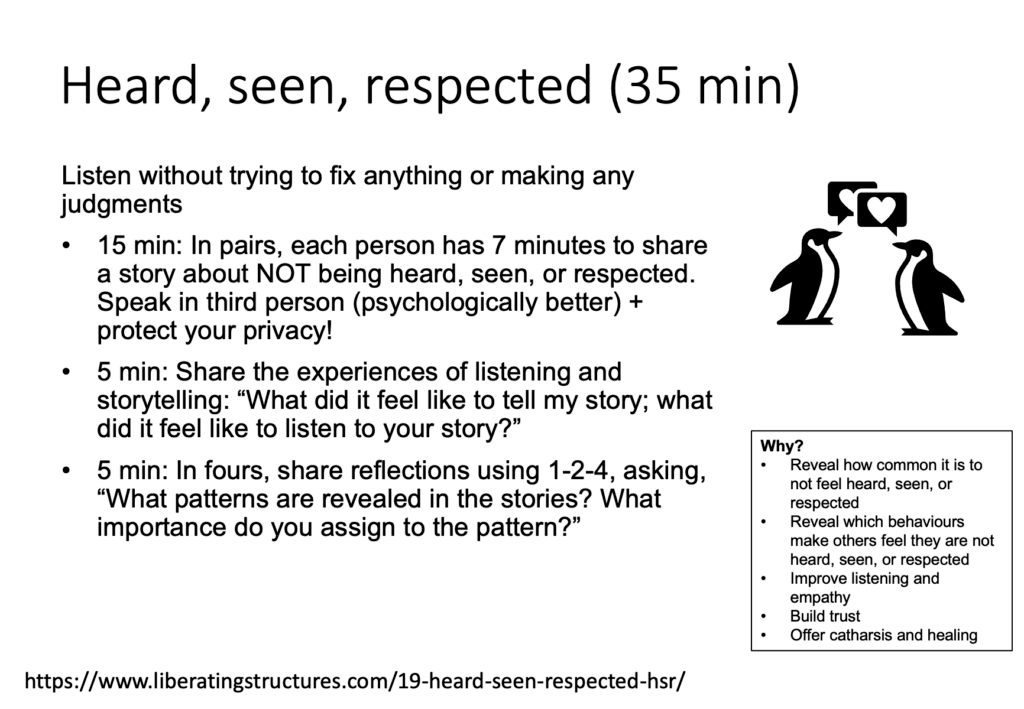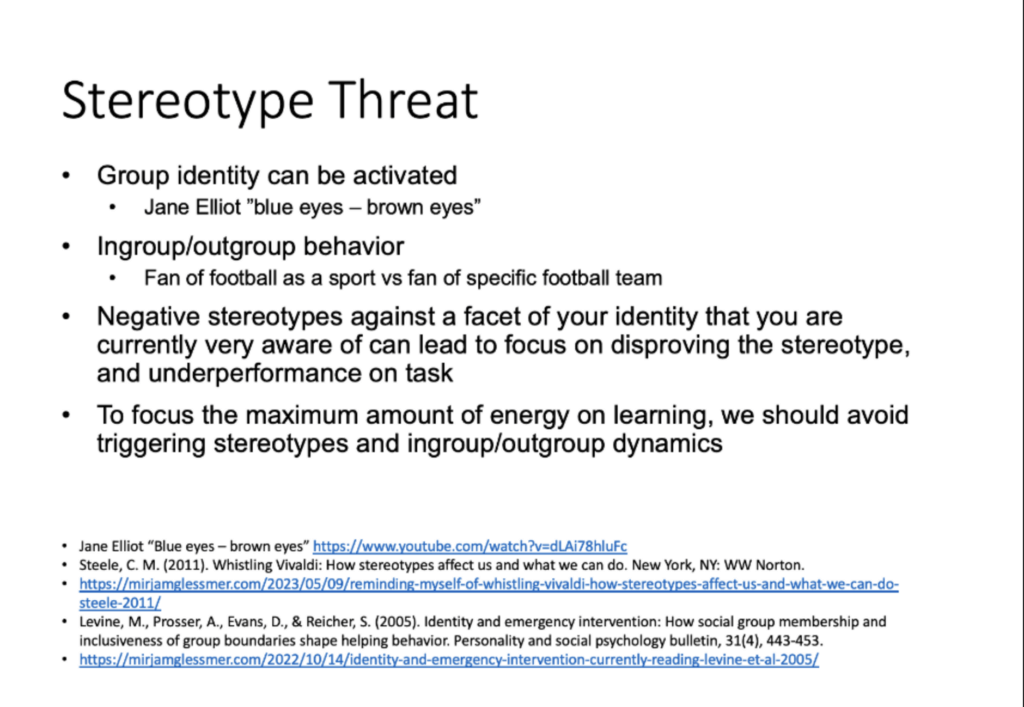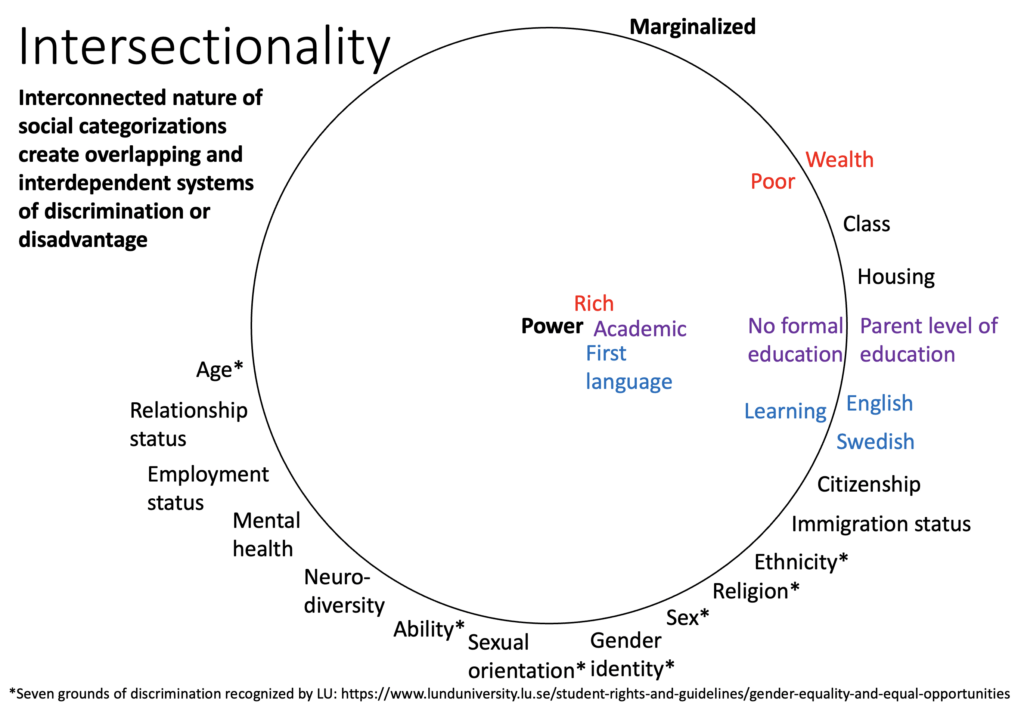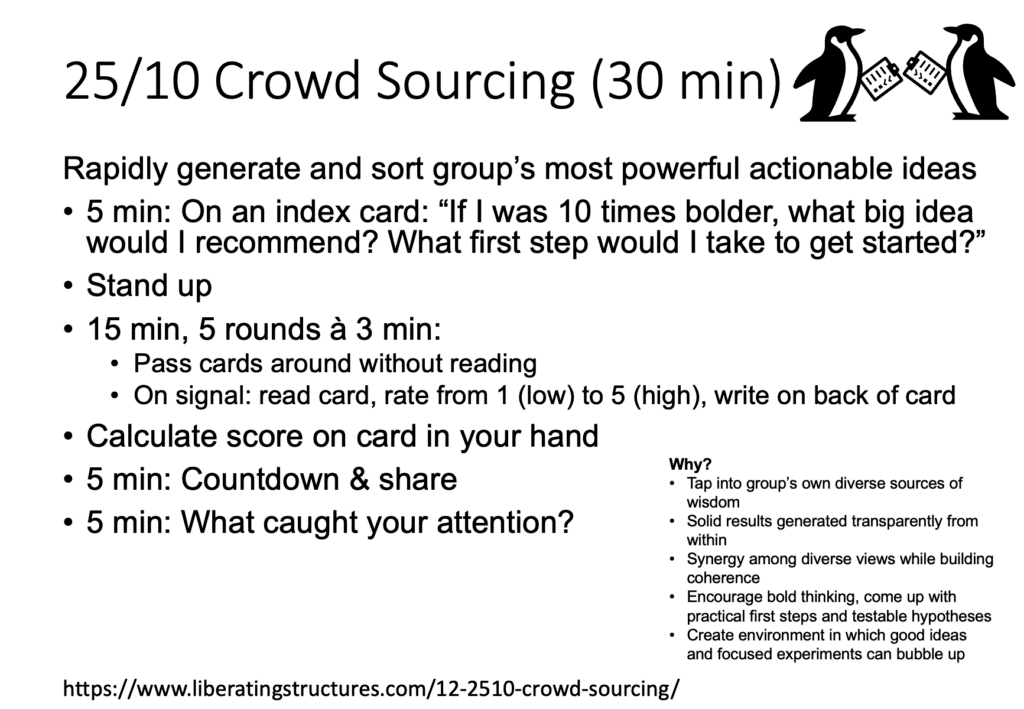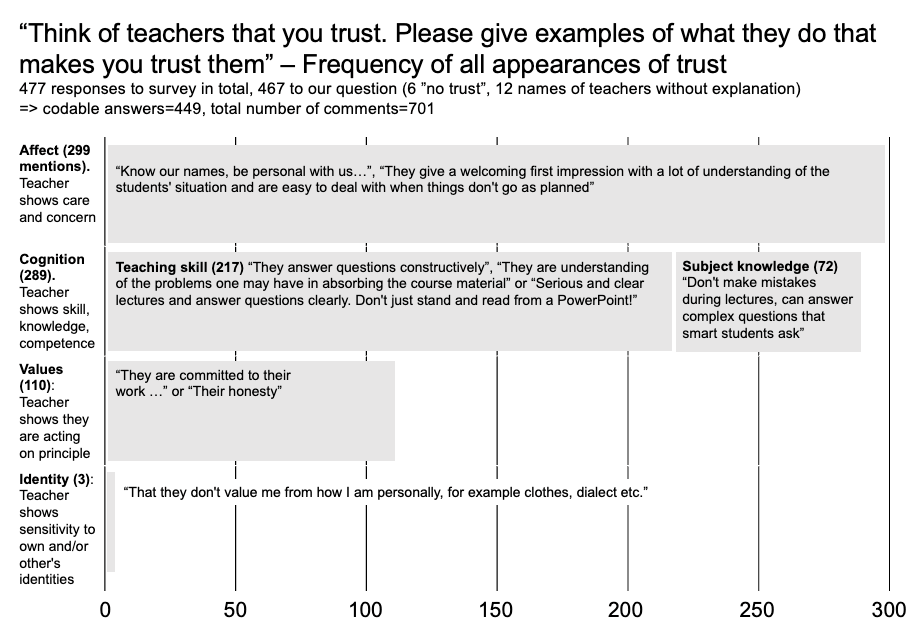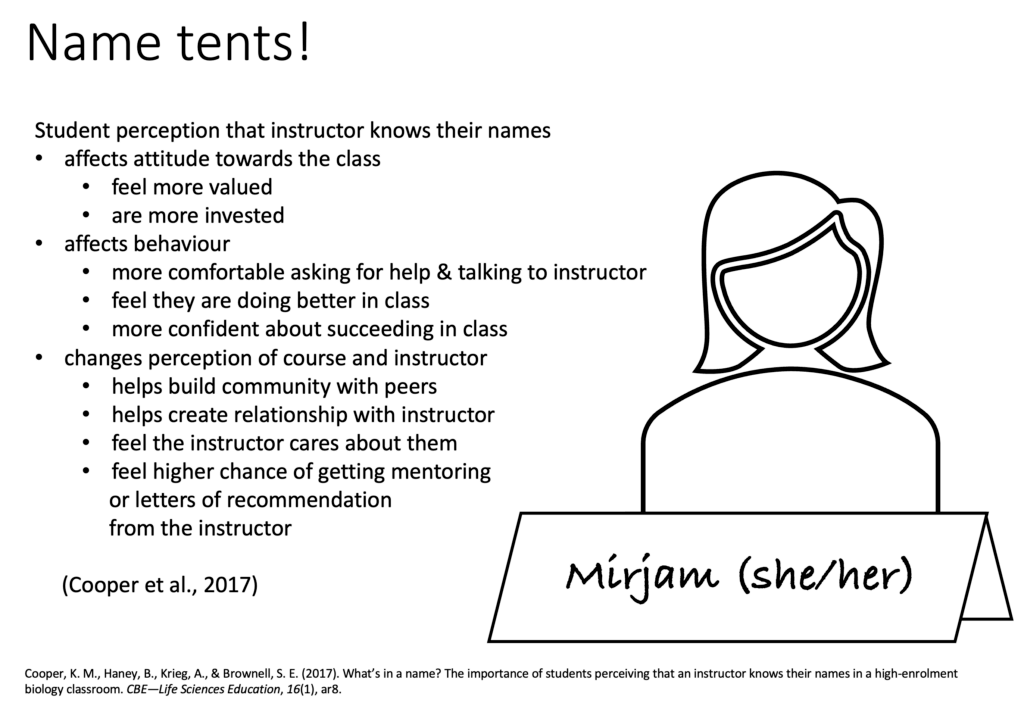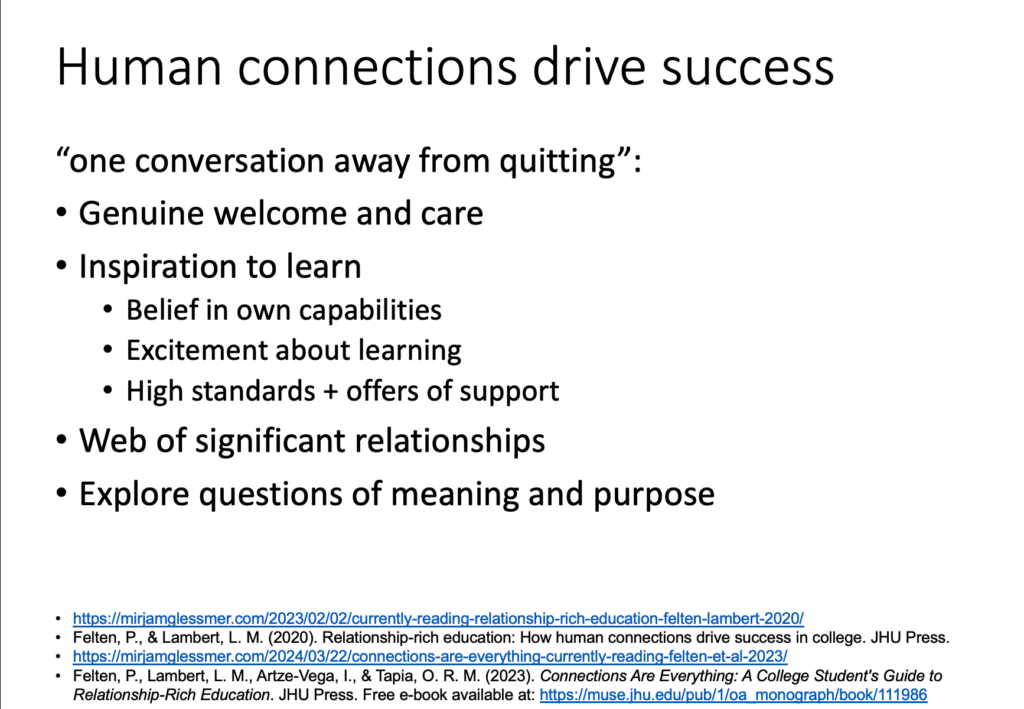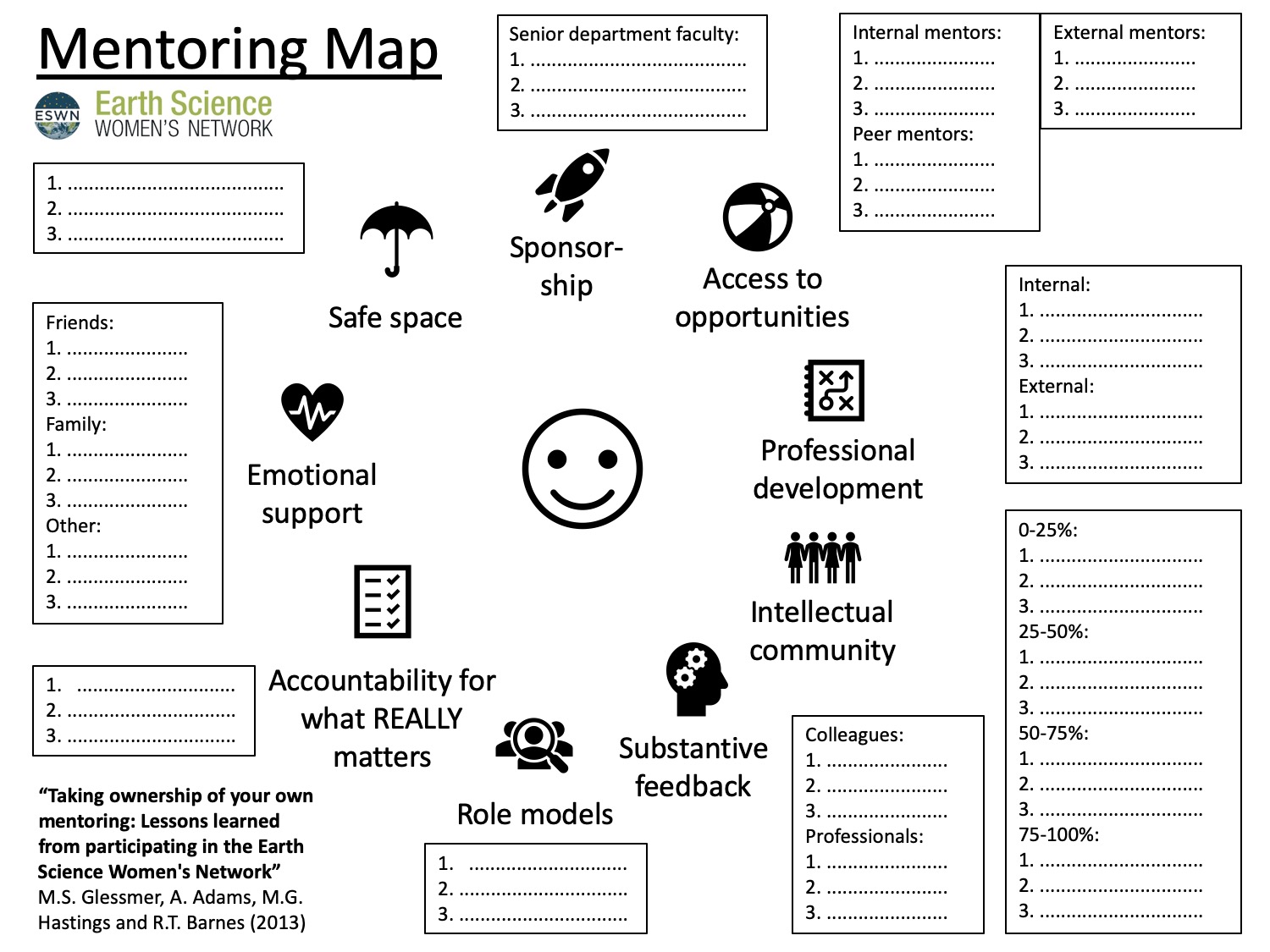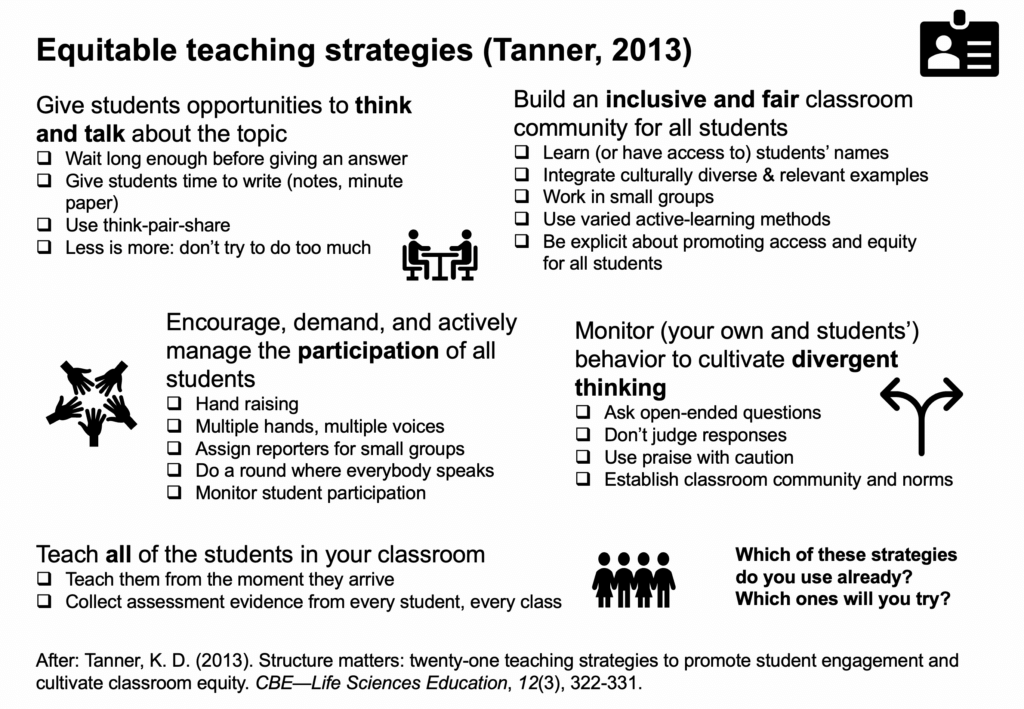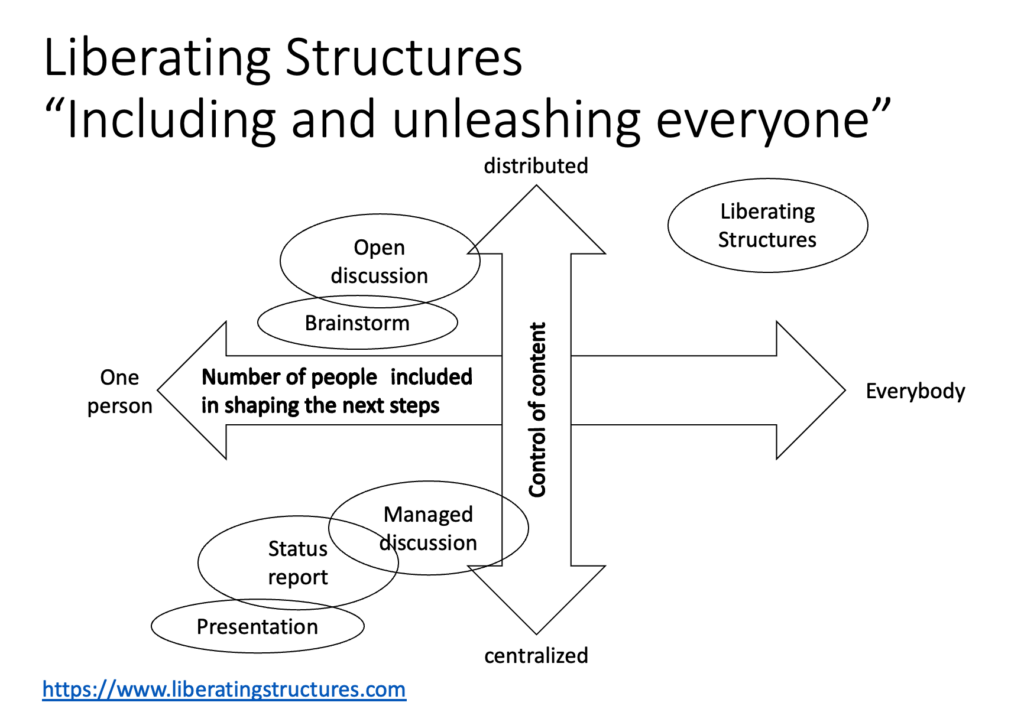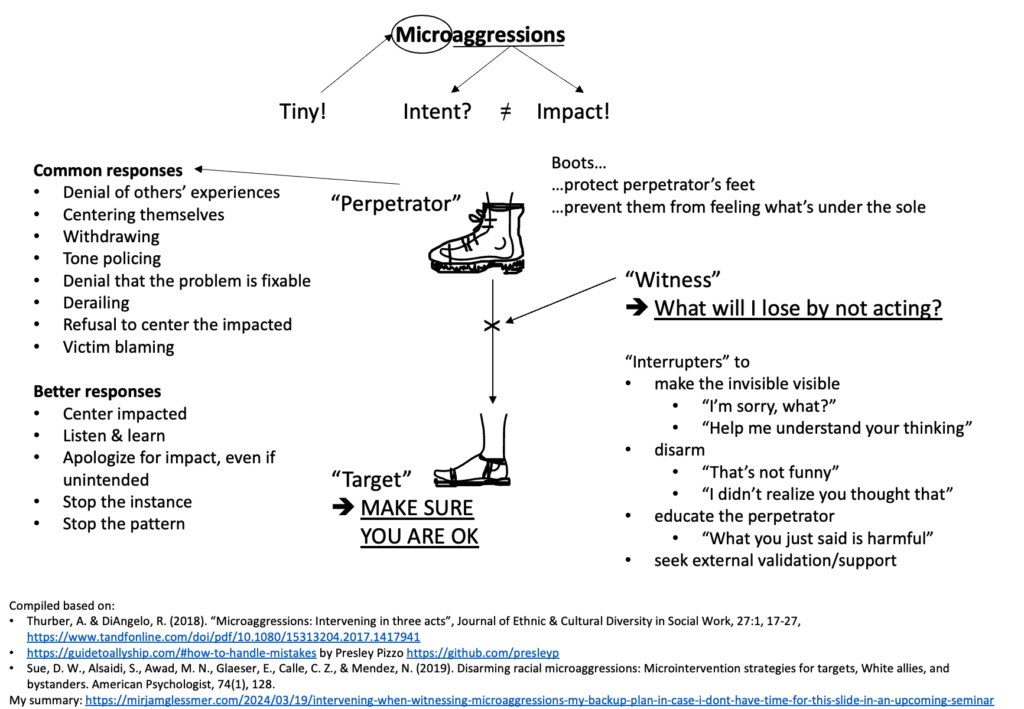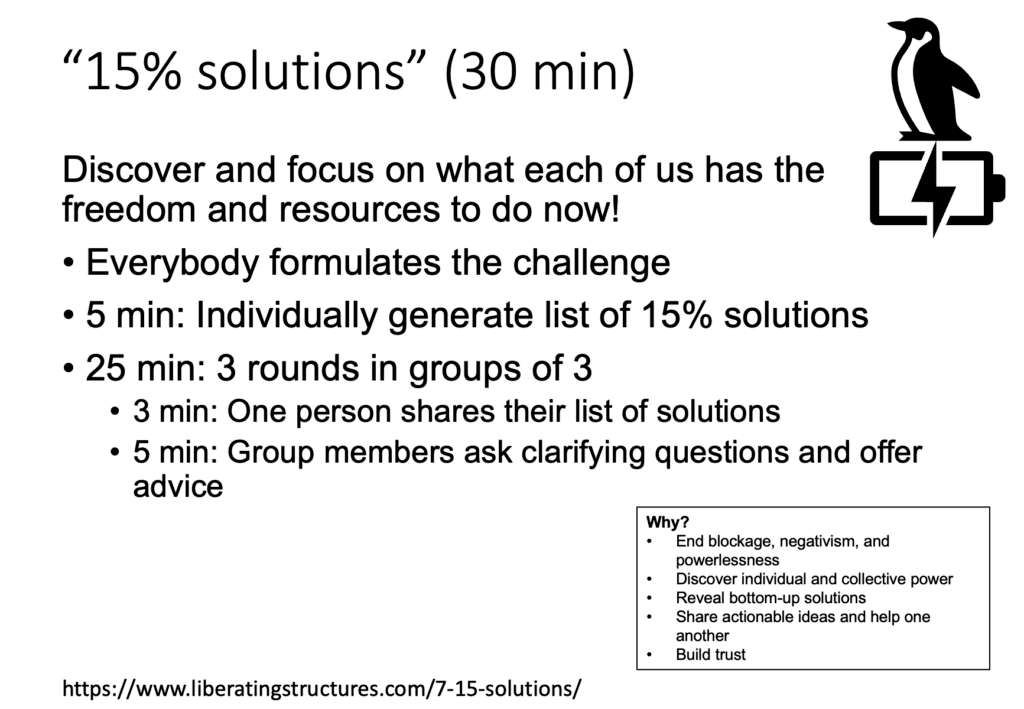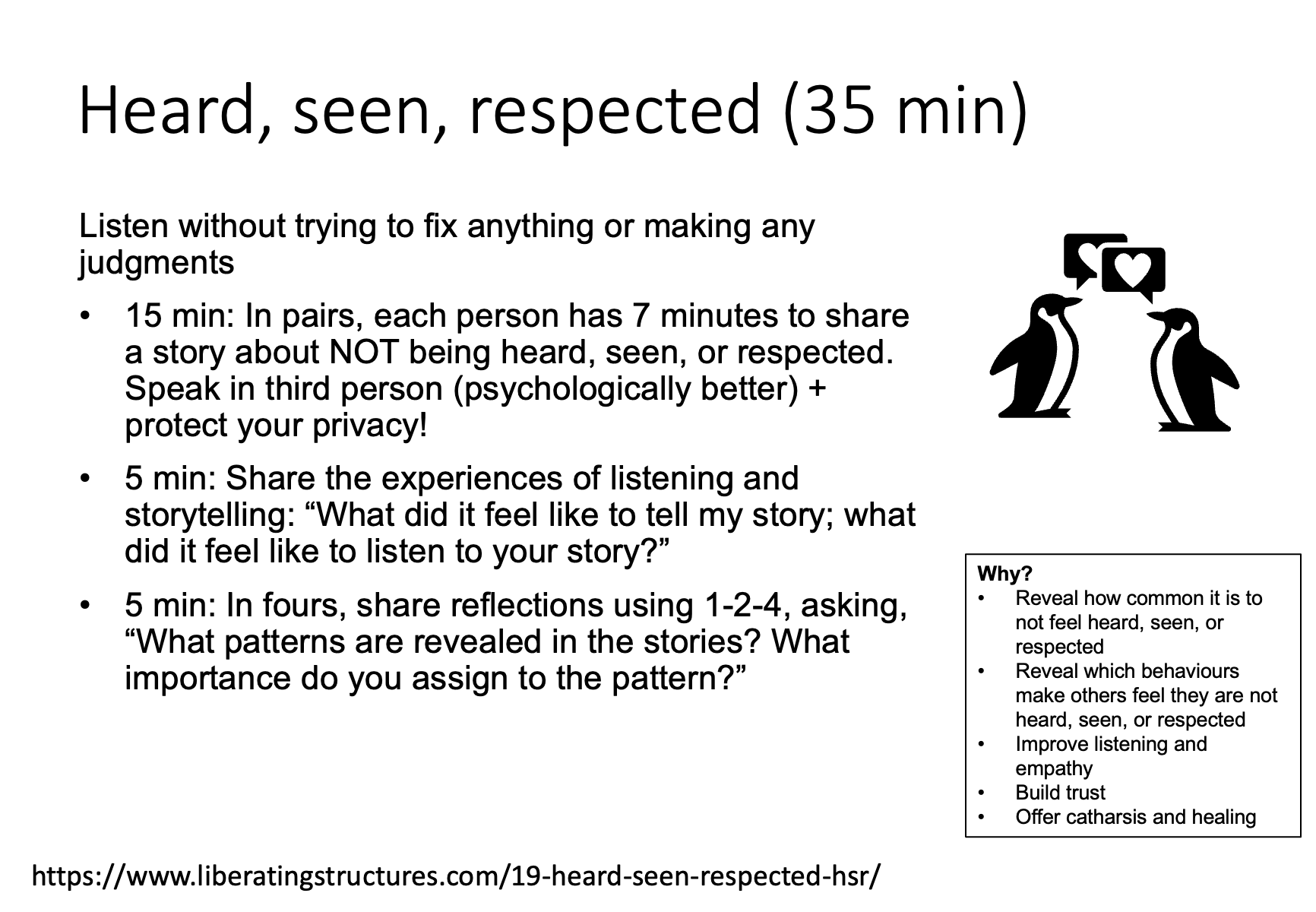
Planning a seminar on relationships in the classroom
In April, I will be teaching one afternoon in a course on “developing and leading courses at LTH”, on what we traditionally called “belonging”. Here are my thoughts so far. Would love some feedback!
My goal with this seminar, or Intended Learning Outcomes
I hope that after this module is finished, participants can
- explain how facets of teacher-student and student-student relationships influence student learning and performance
- avoid triggering stereotypes and ingroup/outgroup dynamics
- be able and willing to intervene in microaggressions
- and want to use teaching methods that contribute to equity and inclusion in the classroom
- foster trust and a sense of belonging in students (and reflect on the limitations of “belonging” with regard to “fit”), show students that they matter
- plan and implement concrete actions to increase trust and a sense of belonging in their courses
Preparation before the meeting
This is the 5th meeting in this course (two of those meetings being full days), so I am assuming that the group knows each other quite well by now and that I am the only one who doesn’t know everybody else. Instead of spending time on presenting myself (and thus centering myself as the teacher, when the whole point of the seminar is to think about building a lot of supportive relationships), I published an introduction of myself on the learning management system, with links to my blog and social media, and the invitation to check me out there. Participants are also asked to think about a situation where they, as students, felt that they “belonged” in academia. And I might send out an announcement and ask them to read this blog post, too, then they could read up on stuff that they find interesting beforehand. We’ll see.
The meeting itself
We will start out with a round of “heard, seen, respected” (see image below) in order to emotionally engage participants and to discover pattern in which they have not felt heard, seen, or respected back when they were students. For this, participants first tell personal stories to a partner (making sure that they don’t pick their most painful memory or something that they aren’t comfortable sharing, and also that they speak about their experiences in the third person, which is psychologically much better), then in each pair the roles are swapped. After that, groups of four participants try finding similarities in their stories, and in the end we collect them in the plenum.
At this point, I am assuming that we will have heard a lot of examples and that there will likely be pattern emerging, for example being a minority against which there are negative stereotypes regarding their capabilities that people bring up in some way, people playing power games in order to make themselves feel better, maybe also people just being insecure about how to build good relationships themselves.
Depending on where this discussion takes us, I have prepared slides (and see links below to more in-depth blog posts on the topic) to bring up a bunch of topics like
…stereotype threat,
i.e. how being made aware that you are member of a community against which there are negative stereotypes regarding your capability to perform a task can hinder your ability to perform the task because now all your energy goes into trying to disprove the unwarranted assumptions about your group.
I recently watched Jane Elliot’s ”blue eyes/brown eyes” experiment, where she tells kids one day that the blue eyed ones are the good and intelligent ones that get advantages in terms of food and access to the playground etc, and the brown eyed ones are inferior, which shows in their work and limited access to everything fun; and then swaps it the next day, and reflects with them about how it make them feel, influenced their performance, and made them behave with regards to their own group and the other group. I then read a bit more around it and it turns out that as an intervention, it can be both work and simultaneously not depending on the study and the parameters you think are important, and of course there are a lot of ethical issues with doing something like this to people, too. But it is definitely interesting to watch, and also easy to imagine how such an experiment would play out, without actually having to experience it.
…our “belonging” data from Bergen,
showing that even in Scandinavia, there are systematic differences between how much men and women feel they belong in STEM courses, and that also other factors that we like to assume are not relevant in our context actually are, like for example test anxiety being correlated to whether or not your parents have higher education.
Maybe I want another slide just in case, on how one might feel belonging socially, but not academically, or only in certain contexts, or only if no part of their identity feels threatened, we’ll see.
…intersectionality,
to make the point that you can be very lucky in the sense that there are only few facets of your identity make it more likely for you to be a target of harassment or microaggressions or systemic injustice, or that several facets of your identity can add up to a much higher load and more marginalization. Intersectionality is a concept that describes the interconnected nature of social categorizations that create overlapping and interdependent systems of discrimination or disadvantage.
The slide below builds step by step, showing first how wealth is unequally distributed which comes with privileges or not, the parental level of education (which relates to for example the test anxiety data I show above, or just generally knowing the system and having access to networks), language skills that can range from proficiency to being a learner (and in our course both English as the course language, and Swedish as the language in the country are relevant when it comes to power). At this point, I hope that it has become clear that those privileges or their absence can overlap in many ways, and that we can play this game for many other categories, too, including the seven grounds for discrimination that Lund University recognizes (age, disability, ethnicity, religion or other belief, sexual orientation, sex, transgender identity or expression).
So at this point we have hopefully discussed different ways in which people can feel seen, heard, respected, like they belong, like they matter — or not, and that this is unequally distributed.
From this, I want to go into the next Liberating Structure, 25/10 Crowd Sourcing. The idea here is that I want the group to generate bold but actionable ideas of what we, as a community, can do to make students feel heard, seen, and respected (and I want to try using the method — it sounds really good!). Basically, people write down ideas, then those are anonymously rated, making the evaluation independent of who had the idea, and the best bunch is shared with the whole group.
Now that we have generated a list of ideas that participants have deemed good and actionable, I have a couple more slides as a backup in case I feel like there are things missing.
One slide is on our recent study on what makes LTH students trust their teachers (spoiler alert — it is basically just showing that you actually WANT to be there, teaching them, and putting a bit of effort into your teaching)
Maybe I’ll bring my slide on the name tent study also as one super easy way to show students that you care about them as a person.
Another backup input: Peter Felten & colleagues’ work in the two books “Relationship-rich education” and “Connections are everything” (the latter one being written for students and available as a free e-book), both of which are absolutely recommended reading because they are full of actionable tips and strategies, both for teachers and students.
And now really as a backup in case anyone wants to talk about how to build a supportive network for themselves more so than their students, one slide and the link to my workshop on the ESWN mentoring map.
For general “teaching tips” for classroom equity, I will bring the Tanner (2013) article.
Maybe I will want to take it one step further and explicitly talk about the Liberating Structures (three of which I am using in the seminar anyway, and where the first one is actually not mysterious at all and overlaps with the Tanner (2013) suggestions — basically a think-pair-share. I definitely will want to explicitly address the three methods I am using and explain why, but I am not sure yet if I actually want to put them in the context of Liberating Structures, or just explain the benefits of each of those methods for the purpose I am using them. But if I talk about Liberating Structures, I might use the slide below (recreated from their website) to show how they include more people than the typical ways we organize meetings and teaching (ideally all people present), both in what the next steps will be and what the content is.
I’ll definitely also bring my “how to intervene when witnessing microaggressions” slide, in case I feel that it might be good to address the topic (which I suspect — otherwise I’ll send out this link afterwards as recommended reading).
Now with participant-generated ideas, and maybe some more input from me, we are going to generate 15% solutions to get people moving in the right direction. What is it that we have the freedom and resources to do now to work on relationships in the classroom?
We’ll have a quick round sharing those 15% solutions, or possibly collect them through Menti or on the Learning Management System, and then I am sure we are out of time, and hopefully people have gotten new inspiration, have reflected on what they do and what they want to do, and moved a bit towards achieving my ILOs. What do you think? Any suggestions, ideas, feedback?
